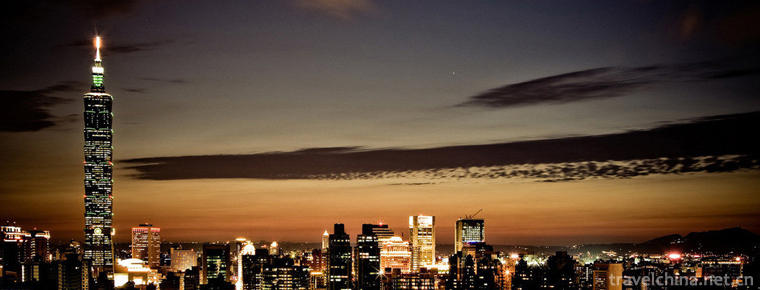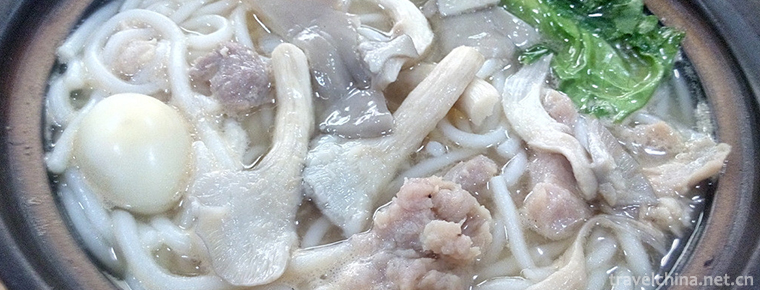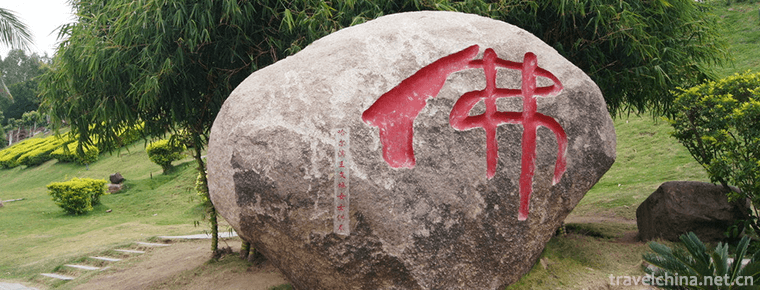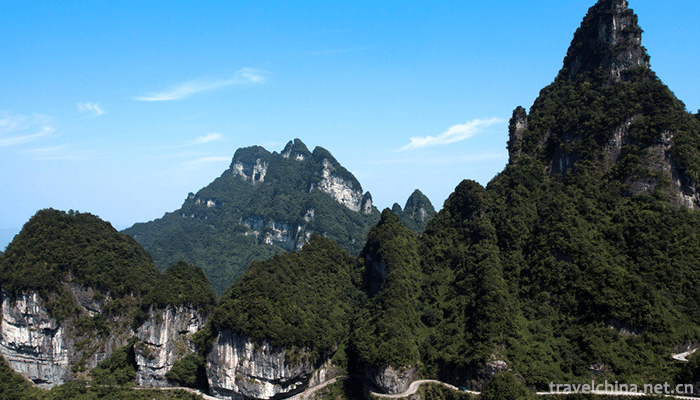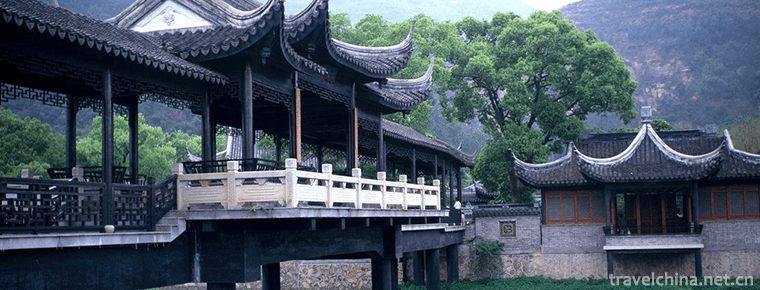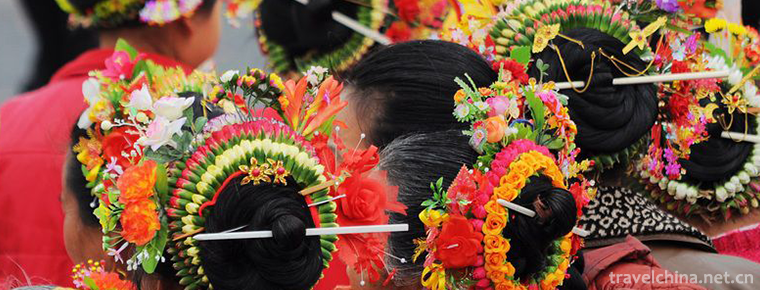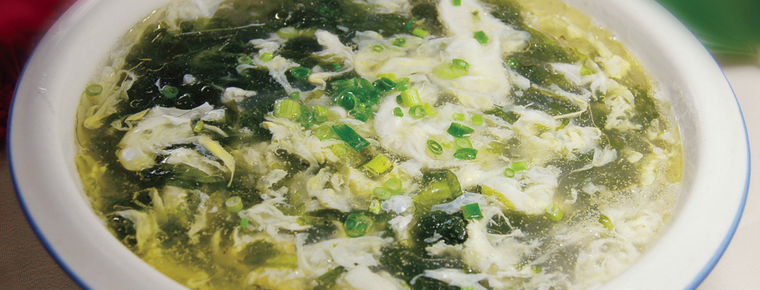Nangong Scenic Spot
Located in Wangzou Town, Fengtai District, southwestern suburb of Beijing, Nangong Village, the village where the scenic spot is located, enjoys the reputation of "China's first geothermal village". It has won eight national honorary titles, including "National Advanced Grass-roots Party Organization", "National Advanced Unit for Spiritual Civilization Creation" and "National Agricultural Tourism Demonstration Site".
Development history
Wang Zuo Town has a long history and profound cultural connotations. In 2006, the town's villages and monuments, history and culture, ancient temples, temples and folk flower fairs were extensively investigated, and many valuable historical data were obtained. In order to promote historical culture, protect cultural relics and monuments, develop cultural industry and integrate tourism resources, Wangzuo Town plans to set up a historical and cultural exhibition room in Wangzuo Town, a district-level cultural relics protection unit in the town area, the Nangong Guandi Temple.
Geographical resources
Relying on high-quality and abundant geothermal resources, the scenic spot integrates modern agricultural sightseeing, hot spring fitness, geothermal popular science education, leisure and recreational vacation. With its excellent air index, beautiful natural environment and good geographical location, it has become one of the ten tourism routes in Beijing. Nangong Tourist Scenic Area, with its magnificent humanistic landscape, beautiful natural landscape, harmonious ecological environment and garden-style tourism city, shows the modern style of the new socialist rural community to the world.
The people of Nangong wholeheartedly welcome all walks of life, party and government organs, enterprises, institutions and school groups to visit and inspect Nangong. Local culture
Culture is the soul of a city. A city without cultural connotations can not become a modern civilized city in the true sense; a city without cultural individuality can not become an admirable city of charm.
Wang Zuo Town is building an "international, garden-style tourism small city". In order to realize ecology, leisure, livability and harmony, it is not enough to develop economically, but also to inherit, disseminate and develop culture. The construction of the historical and cultural exhibition room in Wangzoo Town aims at displaying the colorful cultural relics of Wangzoo Town and striving to reflect the flavor of Wang Zou, culture, folklore and history. To satisfy the cultural aspirations of outsiders and nourish the pride and confidence of the local people. To build the exhibition room, we should not only embody the harmony and unity between man and nature, but also carry forward Wang Zuo's history and culture, integrate tourism resources and play an important role in the development of tourism in the whole town. It will not only become another highlight of Hexi Eco-zone, enrich the industrial chain of tourist areas, enhance regional visibility, but also inherit and carry forward the traditional excellent culture of the Chinese nation.
Tourism information
Ticket information
Tickets are free. There is no first gate ticket in the tourist area. Hot springs, Qianlingshan scenic spot and Qinglong Lake are sold separately.
Traffic information
Driving routes: 1. After turning right at the exit of the 19A Wangzoonang Palace on the Beijing-Hong Kong-Macao Expressway, it will arrive 1.5 kilometers along the road sign. 2. Drive westward along Lianshi Road, up to West Sixth Ring Road and towards Fengtai. See "Shayang Road" at Exit 43, then drive out to Qianlingshan Scenic Spot. See "Changqing Road" at Exit 42, then drive out to Nangong Scenic Spot and Qinglonghu Park.
Passenger routes: 321, 339, 662, 983, 458, 459, 550, 356, 978, 917 Qinglonghu special line
Ruins culture
(1) Culture
Folk flower fairs: National intangible cultural heritage - Weicun Taiping Drum, Beijing intangible cultural heritage - Miliangtun Stilts Club, etc.
Buddhist culture: Qianlingshan Grottoes and Temples, etc.
Taoist culture: Nangong Guandi Temple, etc.
(2) Monuments:
District-level cultural relics protection units: Miyan Pagoda, Qianlingshan, Nangangwa Ancient Bridge (city, District level), Sansheng Temple
Other monuments: Linjiafen Tomb, Zhoujiapo Ancient Military Village, Fomengou Ancient Quarry
(3) Cultural relics:
Regional Cultural Relics Protection: "Five Provisions of Stone Carvings"
Other cultural relics:
Arc back knife coin;
Copper cattle, golden iron pedals, several jade books, copper, iron, pottery, porcelain, stone ware, gold foil flower unearthed from Shi Siming's tomb.
Blue Dragon, Gate Ring and Stone Buddha. Existing in Beijing Liaojin Chengyuan Museum;
Dading copper coin unearthed from Wayao village is 3 square meters, and there are also Yingqing anti-porcelain Guanyin, copper lampstand, copper pot, copper tripod, Yingqing plus color lotus leaf cover pot, chrysanthemum petal body of Longquan kiln.
A celadon pot with a height of 28.4 cm was unearthed from the Ugurun family cemetery in Miliangtun Village.
Unicorn unearthed in Liu Taizhuang;
Qianlingshan Grottoes Temple unearthed a large number of stone Buddhas, ancient construction, stone tablets, Sutra boards and so on.
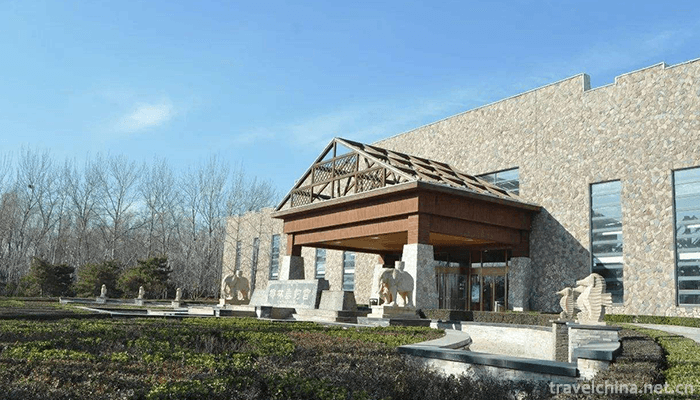
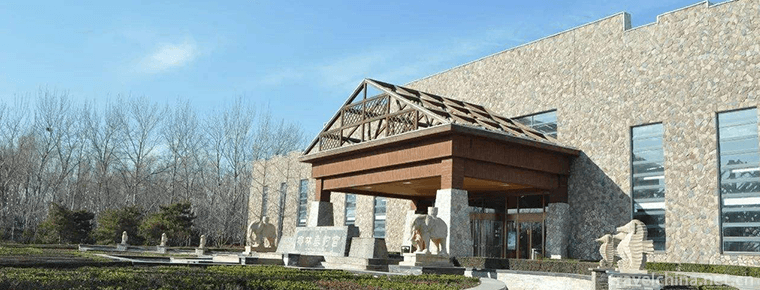
Nangong Scenic Spot
-
Taipei 101 building
Taipei 101 Building, formerly known as Taipei International Financial Center
Views: 328 Time 2018-10-12 -
The Good friends rice noodles
Laoyou powder is a local delicacy in Nanning, Guangxi. In 2007, it was selected as the first 26 items of intangible cultural heritage list published by Nanning.
Views: 225 Time 2018-11-03 -
Nanshan Cultural Tourism Zone
Nanshan Cultural Tourist Area is located 40 kilometers southwest of Sanya City, Hainan Province. It is the southernmost mountain in China. It belongs to tropical marine monsoon climate.
Views: 216 Time 2018-12-12 -
Tianmenshan Mountain tourist area
Views: 170 Time 2018-12-12 -
Zhongshan Zhan yuan
Zhanyuan is located in Beitai Village, South District of Zhongshan City, beside 105 National Highway, covering 100 mu. It is divided into three regions: Zhanyuan Zhushou, Qijiang Langqiao and Zhanfu Z
Views: 234 Time 2018-12-22 -
The Ming Toms
The Obvious Tomb is located on Chunde Mountain, 5 kilometers northeast of Zhongxiang City, Hubei Province. It was built in 1519 in Zhengde, Ming Dynasty. It was built in 1566 in Jiajing
Views: 173 Time 2019-02-07 -
Shaoxing Pinghu Tune
Shaoxing Pinghu Diao, also known as "Yuejun Nanci", or "Shaoxing Pinghu Diao" for short, is a popular form of folk art in Shaoxing and its surrounding areas in Zhejiang Province. I
Views: 168 Time 2019-06-14 -
The Custom of Hupu Women
Hupu women's custom is a traditional folk custom in Quanzhou City, Fujian Province. Hupu women are mainly distributed in the communities of Hupu, Jinzai, Houpu and Dongmei in Donghai Street, Fengze Di
Views: 214 Time 2019-07-09 -
Seaweed and Egg Soup
Porphyra and egg flower soup is a kind of instant soup. It is a traditional after meal soup in Sichuan. Its main ingredient, Porphyra and egg, have high nutritional value. It is widely loved because o
Views: 135 Time 2020-03-18 -
Luzhou economy
In 2019, the GDP of Luzhou will reach 208.13 billion yuan, an increase of 8.0% over the previous year, 1.9 percentage points higher than the national average level (6.1%) and 0.5 percentage points higher than the provincial average level (7.5%). Among them, the added value
Views: 357 Time 2020-12-14 -
Leshan water resources
There are many rivers in Leshan City, including Minjiang River, Dadu River, Qingyi River and many small and medium-sized rivers. It is a water rich area with an average annual water production of 11.37 billion cubic meters. With 74.14 billion cubic meters
Views: 85 Time 2020-12-17 -
Leshan social service
By the end of 2018, there were 13 social welfare homes in Leshan City with 2908 beds and 2182 people in the hospital. The sales of social welfare lottery tickets totaled 385.69 million yuan, raised 109.75 million yuan of welfare lottery public welfare fund,
Views: 176 Time 2020-12-17
